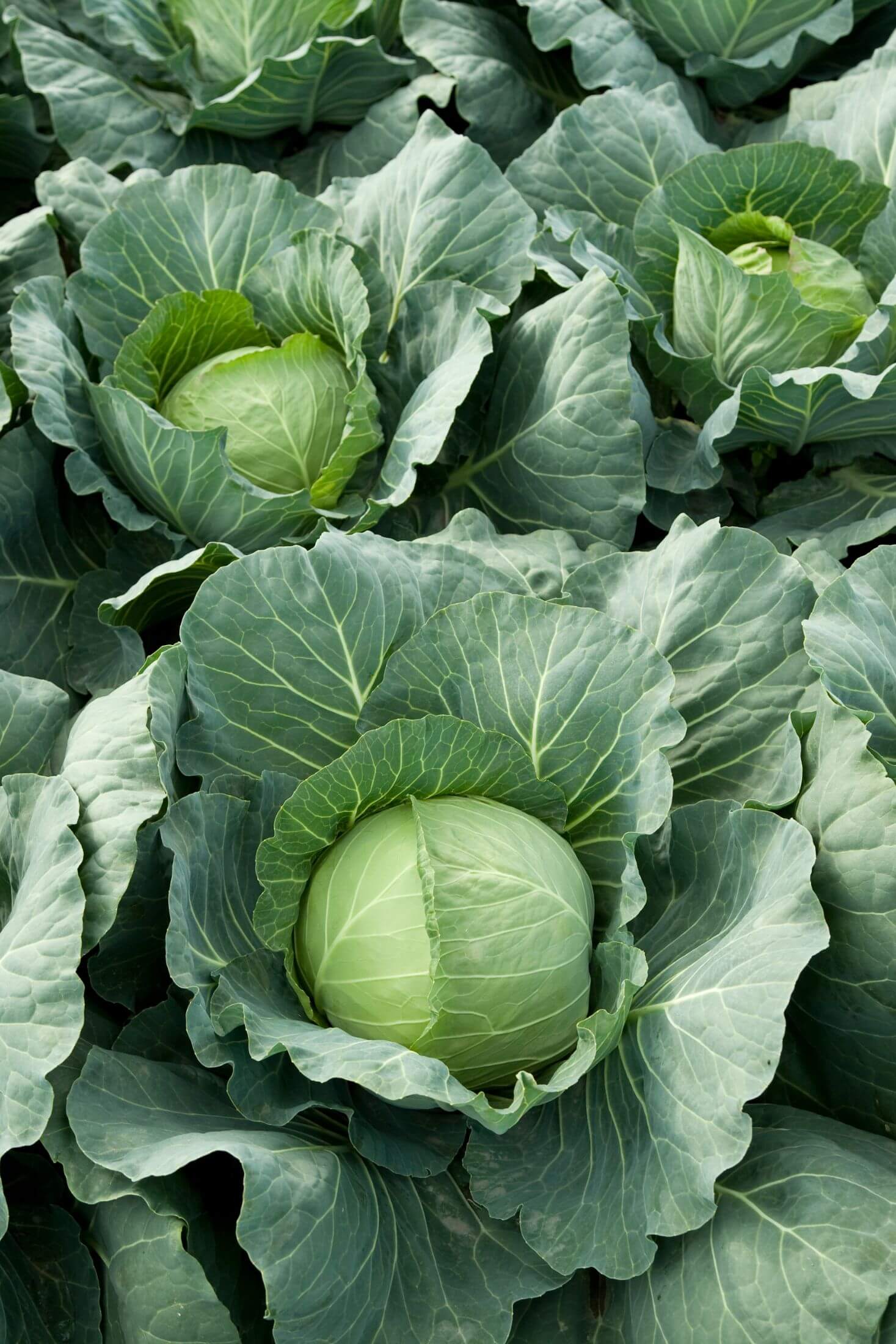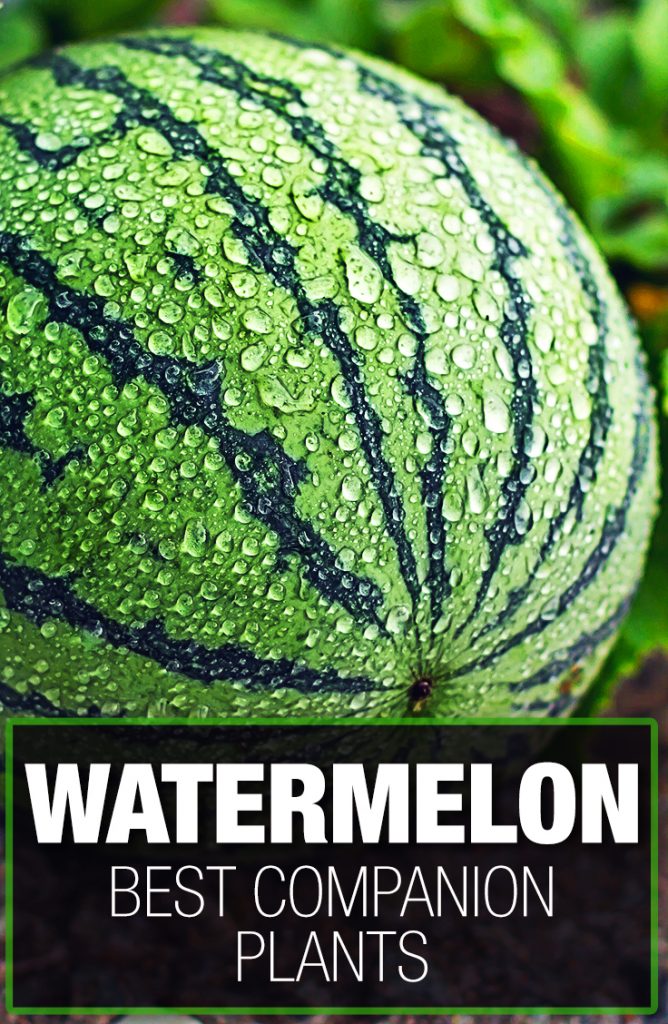The Ultimate Guide To Companion Planting For Green Beans
The Ultimate Guide to Companion Planting for Green Beans
Green beans are a delicious and versatile vegetable that can be enjoyed in many different ways. They are also relatively easy to grow, making them a great choice for beginner gardeners.
One way to improve the growth and yield of your green bean plants is to practice companion planting. Companion planting is the practice of planting certain crops together in order to benefit each other. Some plants can help to improve the soil, attract beneficial insects, or deter pests.
There are many different plants that can be companioned with green beans. Some of the best include:
- Basil: Basil is a classic companion plant for green beans. It helps to repel pests such as aphids and tomato hornworms. It also improves the flavor of the beans.
- Cabbage: Cabbage helps to suppress the growth of harmful nematodes in the soil. It also provides shade for the roots of the green bean plants, which can help to keep them cool and prevent them from rotting.

- Carrots: Carrots help to improve the drainage of the soil, which can benefit the roots of the green bean plants. They also help to suppress the growth of weeds.
- Celery: Celery helps to attract beneficial insects, such as ladybugs and lacewings, which prey on pests that can damage green bean plants. It also helps to suppress the growth of harmful fungi.

- Cucumbers: Cucumbers and green beans can be planted together to help each other grow. The cucumbers provide shade for the green bean plants, which can help to keep them cool and prevent them from bolting. The green bean plants help to support the cucumbers, which can help to prevent them from sprawling on the ground.
- Nasturtiums: Nasturtiums are a beautiful and colorful flower that can also be a great companion plant for green beans. They help to attract beneficial insects, such as ladybugs and lacewings, which prey on pests that can damage green bean plants. They also help to deter aphids and other pests.

- Peas: Peas are a nitrogen-fixing crop, which means they can help to improve the nitrogen content of the soil. This can benefit the growth of the green bean plants. Peas also help to suppress the growth of weeds.
- Potatoes: Potatoes and green beans can be planted together to help each other grow. The potatoes provide shade for the green bean plants, which can help to keep them cool and prevent them from bolting. The green bean plants help to support the potatoes, which can help to prevent them from sprawling on the ground.

- Spinach: Spinach helps to suppress the growth of weeds and improve the drainage of the soil. It also provides shade for the roots of the green bean plants, which can help to keep them cool and prevent them from rotting.

In addition to these plants, there are many other that can be companioned with green beans. When choosing companion plants, it is important to consider the specific needs of your green bean plants and the climate in which you live.
Companion planting is a gardening technique that involves planting different types of plants together in order to benefit each other. This can be done to improve the growth, health, and productivity of the plants, as well as to deter pests and diseases.
Green beans are a great candidate for companion planting, as they can benefit from being planted near a variety of other plants. Some of the best companion plants for green beans include:
- Basil: Basil is a natural insect repellent that can help to protect green beans from pests such as aphids and mosquitoes. It also helps to improve the flavor of the beans. Gardenia Inspiration
- Cucumbers: Cucumbers and green beans are both vining plants that can benefit from being planted together. The cucumbers can provide shade for the green beans, while the green beans can help to anchor the cucumbers.
- Marigolds: Marigolds are another great insect repellent that can help to protect green beans from pests such as Mexican bean beetles. They also help to improve the soil quality.
- Potatoes: Potatoes and green beans have a symbiotic relationship, meaning that they benefit each other. The potatoes help to repel pests that can damage green beans, while the green beans help to improve the nitrogen content of the soil for the potatoes.
If you are interested in learning more about companion planting for green beans, I recommend visiting the Gardenia Inspiration. This website has a wealth of information on the topic, including a list of the best companion plants for green beans, as well as tips on how to plant and care for them.
FAQ of companion planting for green beans
Here are the 5 most frequently asked questions about companion planting for green beans, along with valuable insights and solutions:
1. What are some good companion plants for green beans?
Some of the best companion plants for green beans include:
- Basil: Basil is a natural pest repellent and can help to keep away aphids, mosquitoes, and other insects. It also improves the flavor of green beans.
- Cucumbers: Cucumbers and beans are both heavy feeders, so they benefit from being planted together. The cucumbers help to shade the roots of the beans, while the beans help to fix nitrogen in the soil, which the cucumbers need to grow.

- Marigolds: Marigolds are another great companion plant for green beans. They help to repel pests such as Mexican bean beetles and nematodes.

- Nasturtiums: Nasturtiums are not only beautiful flowers, but they also help to repel pests such as aphids, whiteflies, and spider mites. They also attract beneficial insects such as ladybugs and lacewings, which help to control pests.

- Potatoes: Potatoes and green beans have a symbiotic relationship. The potatoes release a chemical that helps to repel aphids, which are a common pest of green beans. The green beans, in turn, help to fix nitrogen in the soil, which the potatoes need to grow.

2. What are some plants that should not be planted near green beans?
Some plants that should not be planted near green beans include:
- Alliums: Alliums, such as onions, garlic, and chives, can stunt the growth of green beans.



- Melons: Melons and green beans compete for the same nutrients, so planting them together can lead to poor growth in both plants.

- Pepper plants: Pepper plants can release a chemical that inhibits the growth of green beans.

- Spinach: Spinach can attract pests such as aphids, which can also harm green beans.

- Tomatoes: Tomatoes and green beans can compete for the same sunlight and water, so planting them together can lead to poor growth in both plants.

3. How close together should I plant green beans and their companion plants?
The ideal spacing for green beans and their companion plants will vary depending on the specific plants involved. However, as a general rule, you should plant green beans and their companion plants about 12-18 inches apart.
4. What are the benefits of companion planting for green beans?
There are many benefits to companion planting for green beans, including:
- Increased yields: Companion planting can help to increase the yields of green beans by providing them with beneficial insects, nutrients, and shade.
- Disease and pest control: Companion planting can help to deter pests and diseases from green beans by attracting beneficial insects and releasing chemicals that repel pests.
- Improved soil quality: Companion planting can help to improve the soil quality around green beans by fixing nitrogen and adding organic matter.
- Visual appeal: Companion planting can add visual interest to your garden by planting different types of plants together.
5. How do I know which plants are good companions for green beans?
There are a few resources that you can use to find out which plants are good companions for green beans. One resource is the USDA Plant Hardiness Zone Map. This map will show you which plants are suitable for growing in your climate. Another resource is the companion planting chart from the University of California, Davis. This chart lists many different plants and their companion plants.
Image of companion planting for green beans
- Carrots. Carrots help to repel pests that target green beans, such as aphids and bean beetles.
- Cucumbers. Cucumbers and green beans are both vining plants, so they can be planted together to save space in the garden. They also help to attract beneficial insects, such as ladybugs and lacewings.

- Lettuce. Lettuce helps to suppress weeds and improve the soil quality around green beans. It also provides a good source of shade for the roots of the green beans.

- Melons. Melons and green beans are both heavy feeders, so they can benefit from being planted together. They also help to attract pollinators, such as bees and butterflies.

- Spinach. Spinach helps to repel pests that target green beans, such as aphids and spider mites. It also provides a good source of nitrogen for the green beans.

Post a Comment for "The Ultimate Guide To Companion Planting For Green Beans"